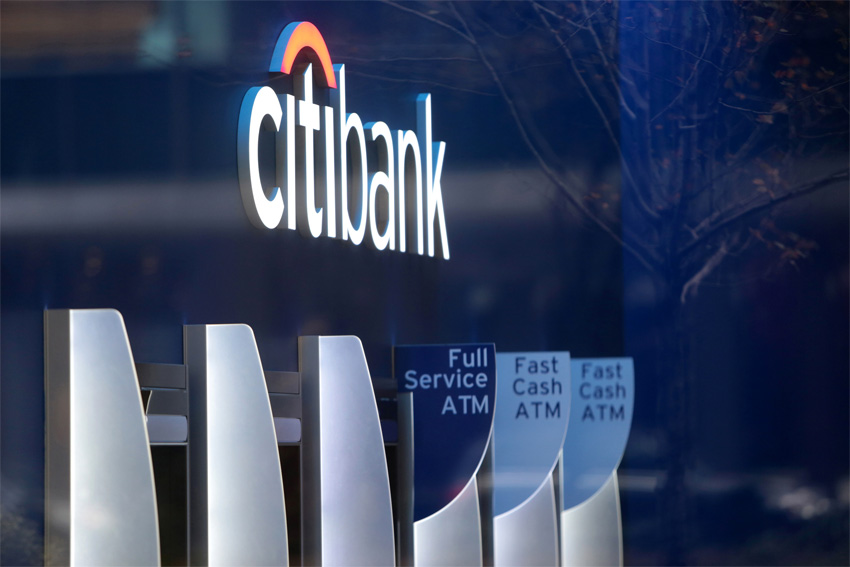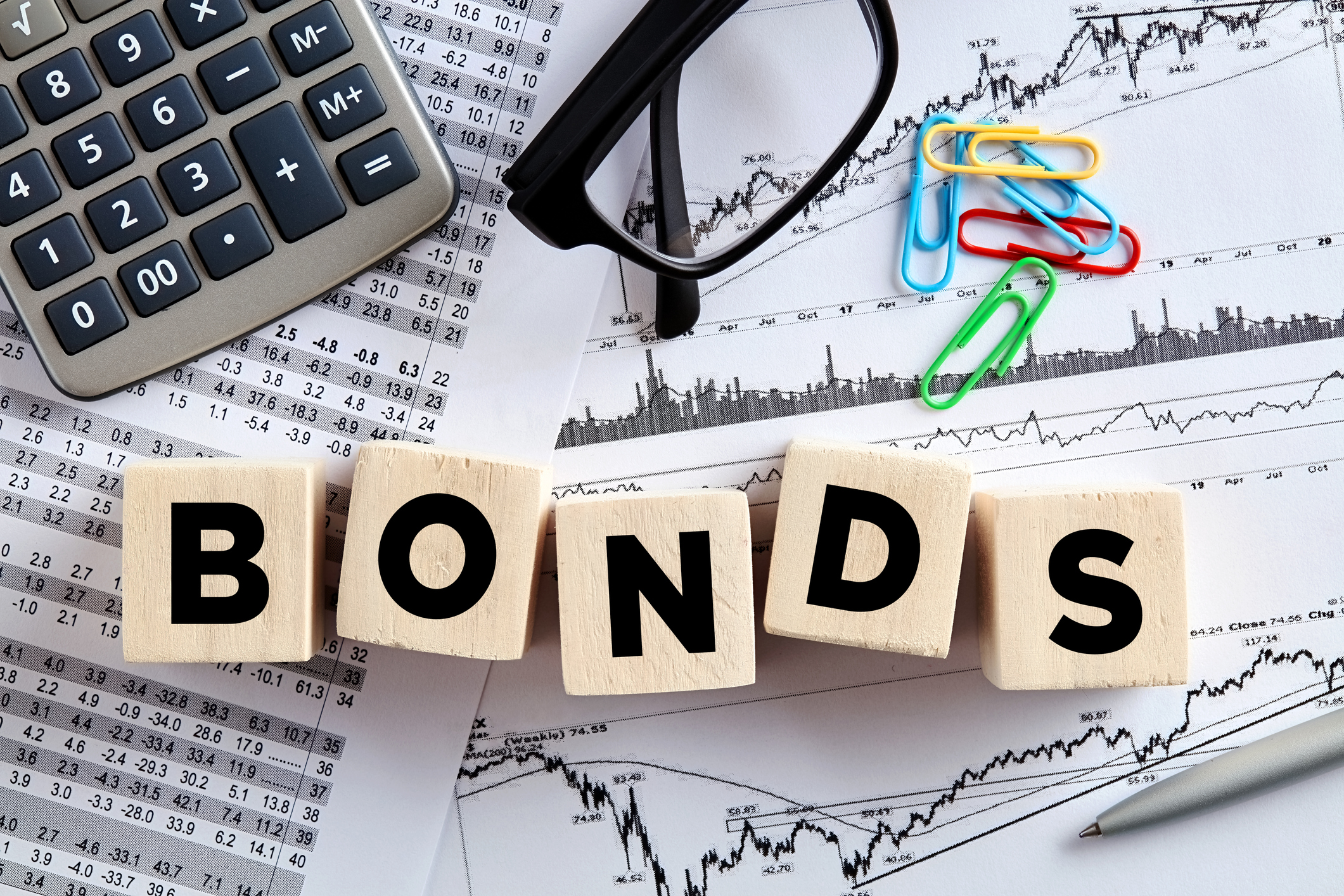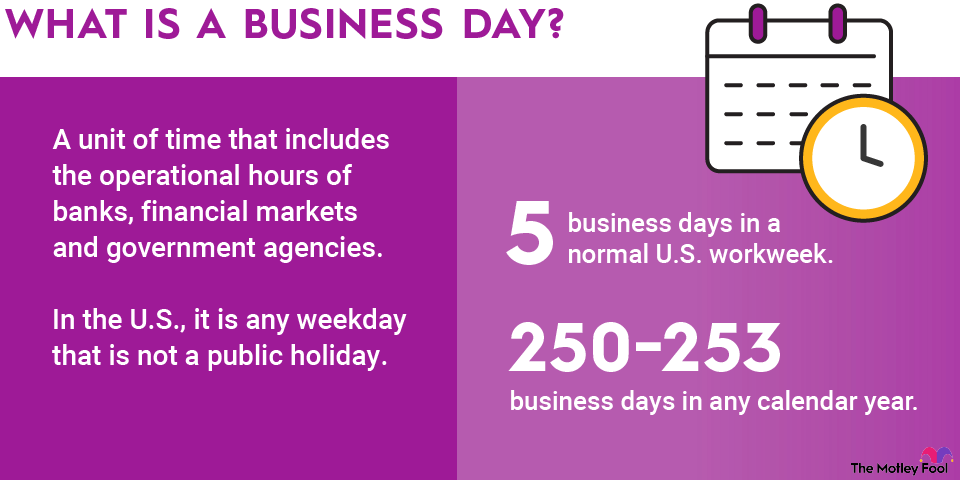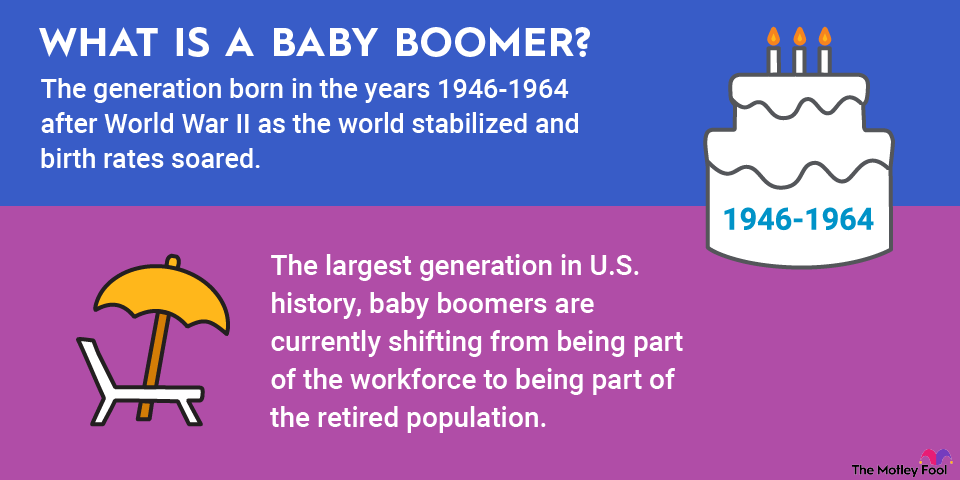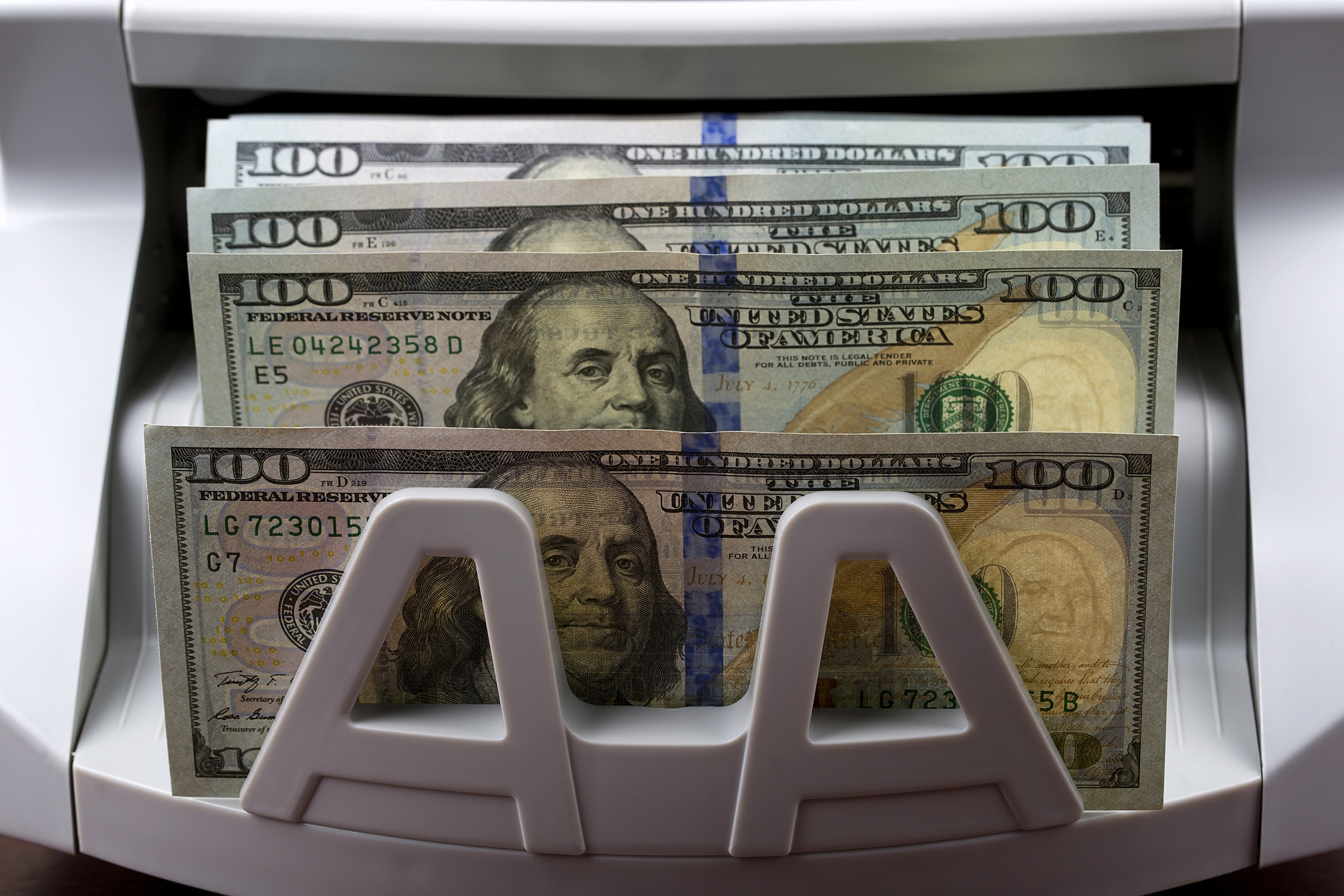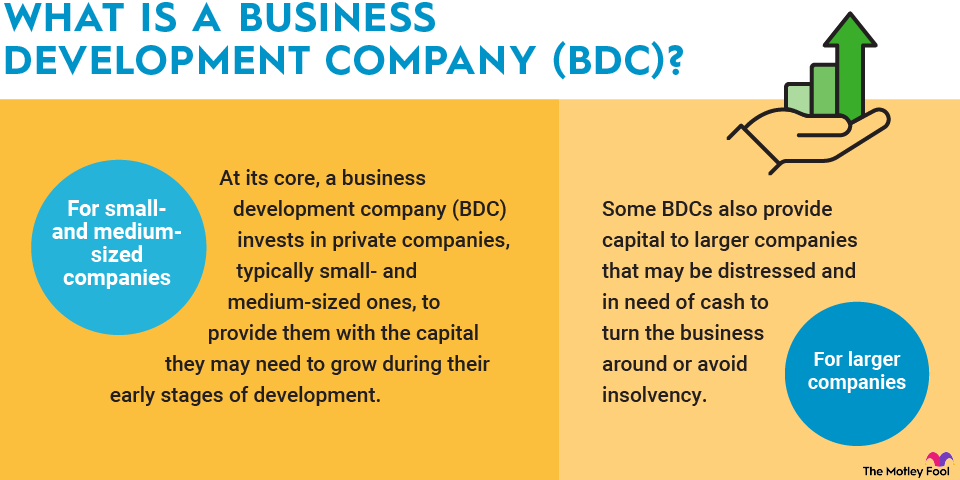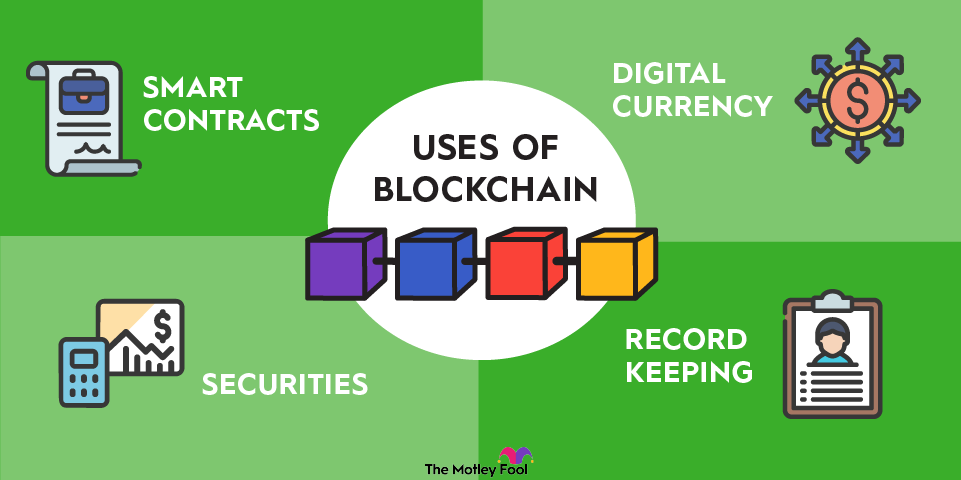Sometimes, these bid-ask spreads will look minimal since they may only amount to a few cents.
But if a stock has a bid price of $0.50 and an ask price of $0.55, that $0.05 spread amounts to 10% of the bid price. If you bought at the ask price and then immediately resold at the bid price, you’d lose 10% off the bat.
Retail traders who only buy and sell mainstream stocks probably won’t pay a lot of attention to the bid-ask spread, though, since it will constitute such a minuscule fraction of most investments. But bid-ask spreads are a huge source of profit for market makers, which are financial institutions that stand ready to buy or sell securities at a quoted price.
When a market maker receives a buy or sell order, it executes the transaction immediately even if it doesn’t have a corresponding buyer or seller lined up. Instead, it may use its own shares to fulfill buy orders or add shares to its inventory when receiving a sell order. Market makers earn money from the bid-ask spread because they’re constantly buying at the bid price and selling at the slightly higher ask price. The difference doesn’t amount to much for ordinary investors, but when it’s applied to millions of transactions, it adds up to serious profits for financial institutions.

